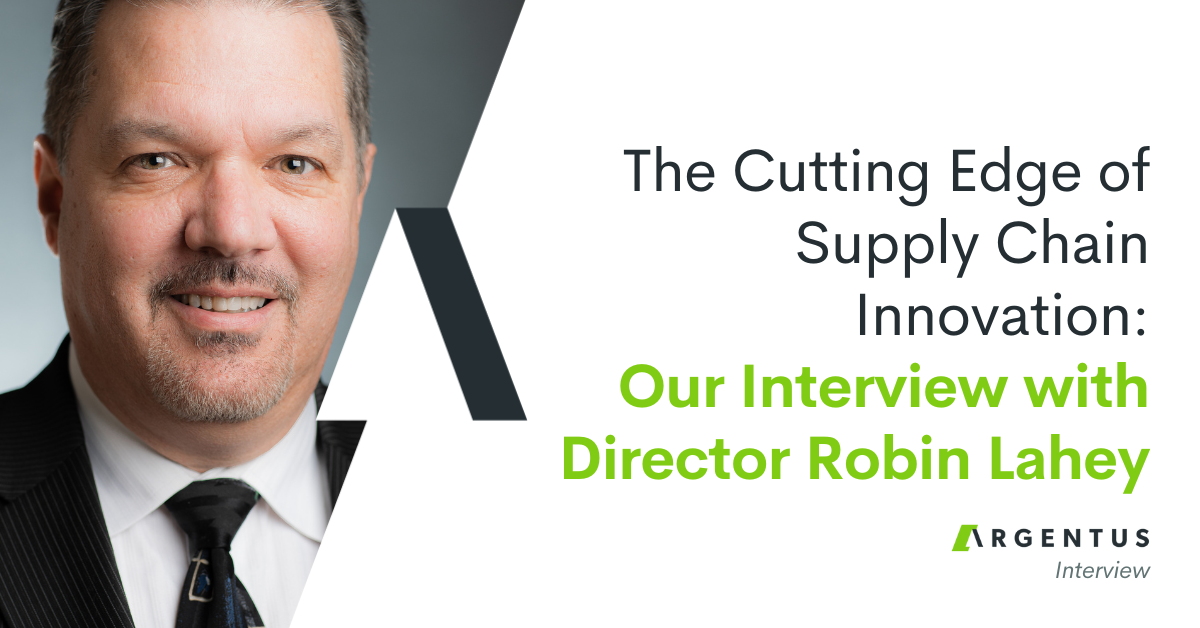
As a boutique recruitment agency, we at Argentus are huge proponents of LinkedIn. We love it as a tool for us to find the top professionals in Supply Chain (our area of specialty), as a platform for our content, and as a tool for professionals to network and find opportunities. If you’re a candidate, LinkedIn can help you find a job. It makes you visible to recruiters. It can help you maintain long-term networking relationships. Its Publisher platform can be a great venue for you to provide thought leadership in your industry. If you’re a company, it can help you find talent, either through recruiters or directly, and it can be one of the best places to build your employer brand.
The benefits of LinkedIn are many, whether you’re a professional, a recruiter, or a company. That’s why it’s our favourite social network.
But social networks change. Some evolve, some stagnate, and others end up obsolete. Certain aspects of LinkedIn are more useful than ever, whereas other aspects are making it less useful than it could be. (The preponderance of inspirational memes, math problems, irrelevant personal notices, and “riddles” filling our feeds puts it in this latter category). As recruiters who are heavily invested in LinkedIn and its future, we were quite interested in some articles that have come out of the tech journalism space about where LinkedIn is going. And we wanted to weigh in, as some of the network’s power users, about what we think LinkedIn needs to set itself up for success in the future.
The first article, titled “LinkedIn’s Problems Run Deeper than its Valuation” ran on TechCrunch in February. It outlined how LinkedIn’s shares had lost quite a bit of value over the previous month, and tried to diagnose why. We’re users of the site, not investors, so stock price doesn’t matter to us so much as the site’s functionality, but it is an indicator that all isn’t right in the world of LinkedIn.
So what are the issues?
Damien Kimmelman, the article’s author, raises the point that much of LinkedIn is designed to incentivize one-way communications, placing restrictions on typical kinds of business communications. In his words, “most interactions on [LinkedIn] are low-frequency and one-directional in nature, such as recruitment offers and sales pitches.”
As recruiters who use LinkedIn, we somewhat resent the implication that all recruitment activity on LinkedIn is one-directional, with recruiters spamming candidates with unsolicited job offers. The fact is, some unscrupulous recruiters will spam candidates with job offers indiscriminately, but other recruiters, those who have actual knowledge of the jobs for which they’re recruiting, will hone in on the right talent to connect with. They will seek to forge longer-term networking relationships with candidates in their field rather than always coming at them with a job opportunity immediately.
Still, it’s a good point: anyone bombarding users with one-sided pitches do ultimately hurt the service (just as recruiters who don’t do their homework give all of us a bad name). And as a result, as Kimmelman outlines, LinkedIn’s monthly active users have somewhat gone down.
Kimmelman offers a few more suggestions for how LinkedIn can best position itself for continued growth: “It must integrate with workflows better; most specifically, with email, which is universally adopted.” Agreed. “It must utilise the vast amount of data that is not user-generated and combine it with existing content to create a more complete picture of companies and their characteristics, vastly improving its ability to help sales and marketing teams.” Agreed as well.
The other article, titled “Where LinkedIn Went Wrong and How it Can Save Itself,” appeared in VentureBeat this previous weekend. This analysis, written by Hank Nothhaft Jr., attempts to explain LinkedIn’s recent stock troubles with a big-picture dissection of where the social network’s business model has fallen short.
According to this analysis, LinkedIn’s advertising revenue went up by 20% in 2015, so that isn’t the source of the company’s troubles. It’s more about its sales of enterprise software to companies. In Nothhaft’s words, “LinkedIn is a social network masquerading as an enterprise software company.” Put another way, LinkedIn is a service offering to connect professionals, while also monetizing proprietary software. And in Nothhaft’s analysis, the proprietary nature of its software is part of where it’s falling short because that business is misaligned with its social networking business. One solution to this issue, he says, is for LinkedIn to reopen its API and allow third party developers to work on improving the site experience for users.
It’s an interesting suggestion, and one that we think would help open the site up to 3rd-party improvements that would make it more useful for companies, candidates, and the recruiters who seek to connect them. As the article says: “Recruiting solutions play to LinkedIn’s strength: the size and orientation of its network. Even more importantly, it’s the one area where business customers and individual users are aligned. Companies need help filling jobs, and consumers need help getting jobs.”
Finally, here are a few suggestions of our own as power users for how LinkedIn could become more effective:
- LinkedIn is a professional network, and part of its mission involves sharing of content relevant to professionals. However, the service has become inundated recently with memes about every topic under the sun that have nothing to do with professional communication or the world of business: death notices, riddles, and other spam. We think LinkedIn should optimize its algorithm to discourage this kind of irrelevant content from populating feeds.
- LinkedIn’s user base is vast, but its search functionality is still somewhat lacking. It doesn’t have a defined vocabulary with definitions unlike more sophisticated research databases, or the ability for users to provide their own tags to make themselves more searchable. For example, users in Supply Chain can’t tag themselves as having, say, SAP knowledge so that recruiters and hiring managers can search via a “SAP” tag. Candidates have to put “SAP” in their profile as a keyword. LinkedIn search is also occasionally prone to glitches.
- We’re biased, but we’d like to see more support for recruiters and companies on the site. LinkedIn offers job postings, but their algorithm could use work in terms of presenting the right roles to the right candidates – which is part of why we don’t post our own jobs on the site. In addition, despite the fact that LinkedIn Recruiter is a huge revenue driver for the company, LinkedIn is reticent to embrace the fact that candidates and recruiters often use the site to connect. Why? The service should make it harder for unscrupulous recruiters to mass-message candidates. They should make it easier for recruiters who are doing their jobs properly to reach out to candidates – while sending the message to users that the visibility with recruiters that you get from a LinkedIn profile is an integral part of the service.
At Argentus, we’re huge proponents of LinkedIn, and we’d love to see the site stay relevant in the future. What are your suggestions? Do you find LinkedIn useful as a hiring, job searching, or networking tool? Why or why not? Sound off in the comments! ![]()
Have you signed up for Argentus’ Market Watch Newsletter? It only takes a moment. You’ll receive low-volume, high-impact market insights from the top specialty Supply Chain recruiters including: Salary Information, Supply Chain industry trends, Market Intelligence, Personal Branding tips and More!
[mc4wp_form id=”17895″]



Perhaps the vast number of people who joined LinkedIn has diluted the pool. People are looking to connect with others just to have connections in the hope that someone will spot them for the perfect job. Recently I have been using the advanced search feature to connect with individuals in a certain company . I sent out approx. 10 invitations in one day to ask for a chance to speak with them and nobody responded. That was disappointing since this tool is supposed to encourage networking.
Of particular distaste to me is when recruiters see your profile and are hot and heavy for you to accept their offer to submit an application and when you try to reach out to them to follow up, they don’t have the decency to acknowledge your contact leave alone provide feedback. There are many challenges with this tool and unfortunately it is broken. I’d love to see it revitalized to become the networking engine it was designed to be and for people to success using it.